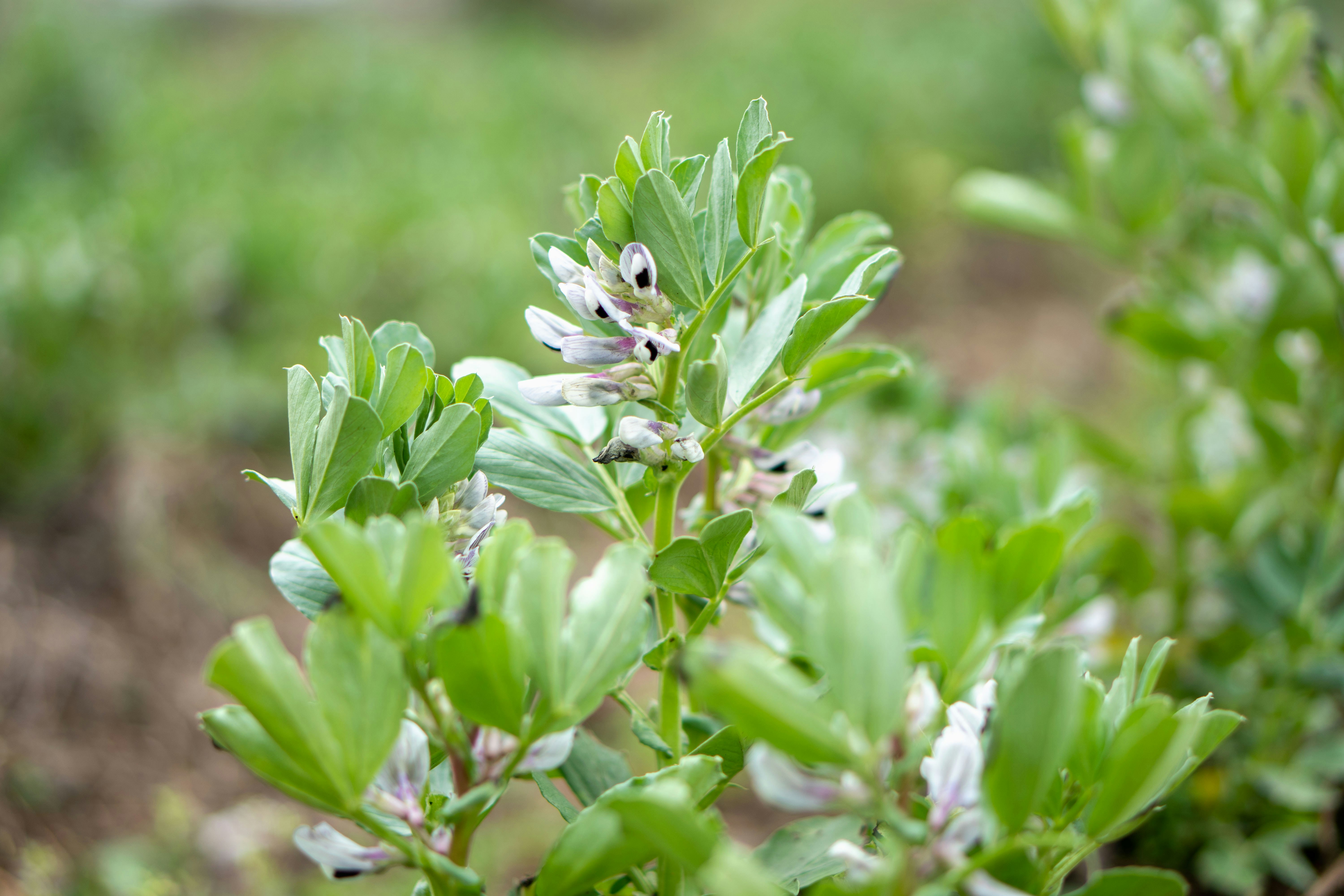Broad Bean
A Complete Guide to growing broad beans in the UK
Introduction
Broad beans (also known as fava beans) are one of the earliest vegetables you can harvest in the UK, often ready by late spring. They’re hardy, easy to grow, and their young beans are delicious fresh or cooked, while mature beans can be frozen for later use. As nitrogen-fixers, they also enrich the soil, making them a valuable crop for rotation. With options for autumn sowing or spring sowing, broad beans can fit into most garden plans.
Types and Timing
There are several useful broad bean varieties for UK conditions:
Autumn-sown varieties: Hardy types such as ‘Aquadulce Claudia’ can be sown in October-November for an early summer harvest.
Spring-sown varieties: Popular choices like ‘Masterpiece Green Longpod’ or compact types like ‘The Sutton’.
Dwarf/compact varieties: Ideal for windy sites or containers.
Timing:
Sow hardy types in autumn (October-November).
For spring sowings, start from February in milder areas, or March-April everywhere.
Succession sowings until late April extend the harvest.
Site and Soil Requirements
Broad beans thrive in most soils if not waterlogged:
Light: Full sun or light shade.
Soil: Fertile, well-drained, and moisture-retentive. Add compost or well-rotted manure before sowing.
pH: Neutral to slightly alkaline preferred.
Containers: Dwarf types can be grown in deep pots (30 cm+).
Propagation & Planting
Direct sowing: Place seeds 5 cm deep, 20-25 cm apart, in double rows 20-25 cm apart. Leave 60-90 cm between double rows.
Modules/pots: Start under cover in February, especially in colder regions. Transplant when seedlings are 8-10 cm tall.
Autumn sowing: Protect young plants from frost with fleece or cloches if needed.
Staggered planting: Sow a few rows every 2-3 weeks in spring for continuous cropping.
Growing & Maintenance
Watering: Keep soil moist, particularly when plants are flowering and pods are swelling. Mulch helps retain moisture.
Support: Tall varieties may need staking or stringing between canes to prevent them from flopping.
Pinching out: When the first pods set (usually 4-5 trusses), pinch off the growing tips. This encourages pod development and deters blackfly.
Feeding: Usually unnecessary, but a potassium-rich feed may help pod set.
Weeding: Keep beds weed-free with shallow hoeing.
Harvest and Post-Harvest
Timing: Harvest immature pods whole when 6-8 cm long for a tender crop, or allow beans inside to mature fully.
Main harvest: Pick pods once they feel full but before beans get too tough.
Frequency: Regular picking encourages further pod production.
Storage: Fresh beans keep a few days in the fridge. For longer storage, blanch and freeze.
Drying: Mature beans can be dried and stored for soups and stews.
Troubleshooting & Pests
Blackfly (aphids): A common issue on tender shoot tips—pinch out tops and encourage ladybirds.
Chocolate spot: A fungal disease causing brown spots on leaves and stems. Improve air circulation and avoid overcrowding.
Rust: Orange pustules on leaves in late season. Remove affected foliage to slow spread.
Poor pod set: Often due to cold or lack of pollinators. Sow at staggered times to reduce risk.
Mice: Seeds are vulnerable—cover drills or start in pots to avoid losses.
Tips from Growers / FAQs
Best starter variety: ‘Aquadulce Claudia’ for reliability and cold tolerance.
Maximising yield: Succession sow in autumn and spring to extend harvest into midsummer.
Companion planting: Try with potatoes or brassicas; avoid planting near onions.
Wildlife bonus: Flowers are highly attractive to bees, improving pollination.
Saving seed: Let some pods fully mature, dry, and store beans for next year’s sowing.
Resources & References
RHS: Grow Your Own Broad Beans
BBC Gardeners’ World: How to Grow Broad Beans
© What to plant 2025. All rights reserved
